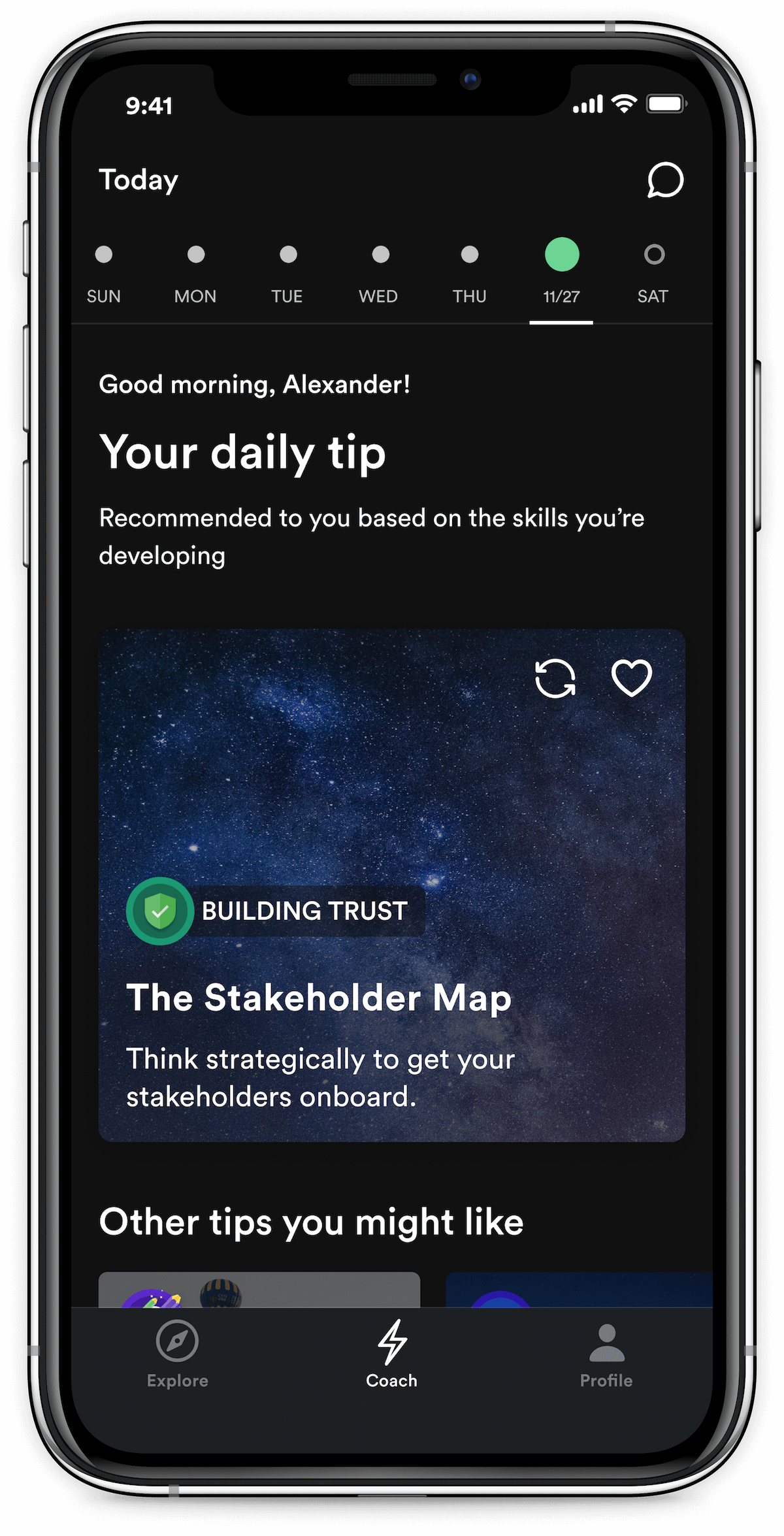Dial-up Your Team's Accountability
Pick the right level of communication when someone doesn't deliver.

Inspired by:
Dave Bailey, Coach to venture-backed CEOs

🎛 The accountability dial
When someone doesn't deliver, it can be incredibly frustrating. But even if you feel emotional about it, it's important to respond with the right level of intensity for the situation.
This will let your team member know what you expect, where things stand, and what they can do to resolve the problem. The five levels are:
1️⃣ The Mention
2️⃣ The Invitation
3️⃣ The Conversation
4️⃣ The Boundary
5️⃣ The Limit
1️⃣ The Mention
A casual check-in when something goes wrong for the first time. You’d say something like:
Hey Anna, I noticed that you missed our Zoom call this morning, is everything okay?
2️⃣ The Invitation
A quick, private chat, for when you're starting to notice a pattern. This time, you’d be a little more serious:
Anna, we're missing your presence on our team calls. Would you help me understand why you haven't been joining recently?
3️⃣ The Conversation
It's not just once or twice, and the consequences are starting to show. You can take a more serious tone and express urgency about the issue, while still offering support.
Anna, you've missed a few important meetings and it's starting to affect the team. I'm concerned - is something going on that's making it difficult for you to join? Can I help in any way?
4️⃣ The Boundary
Everyone has their struggles, but if you've provided the support they've asked for and things are still not improving, it's time for a warning conversation. You’re going to lay out consequences:
We've talked about how important it is for you to join our calls. It's setting a double standard for the team, because everyone else is showing up. If we're not able to resolve this, I'm worried that this dynamic won't work out. Can you make a commitment to join the next call?
5️⃣ The Limit
If it's gone this far, that's a sign that you’ll probably need to part ways. But you can still offer one last chance for improvement:
Anna, we've talked about this multiple times. We've been as flexible and supportive as we can, but your absence is causing real friction for the team and it's not fair to them.
If you don't join our team calls going forward, I'll have to reassess whether this relationship is working.
🎢 Escalate appropriately
It can be tough to know how to address a frustrating situation, but looking at the full spectrum of possible responses can help you dial your conversation to the right level.
When you escalate appropriately, you'll also have a better chance of helping your team member get back on track.

Become a world-class leader in two minutes a day